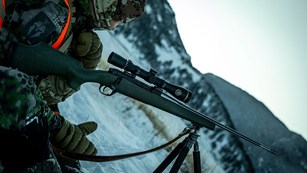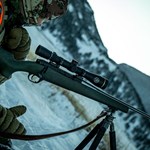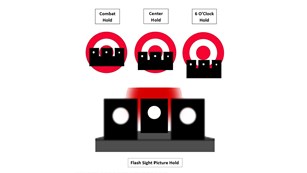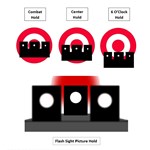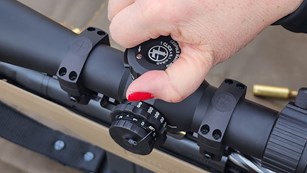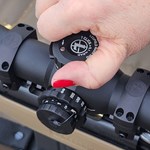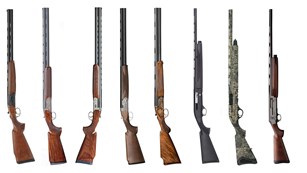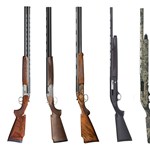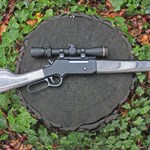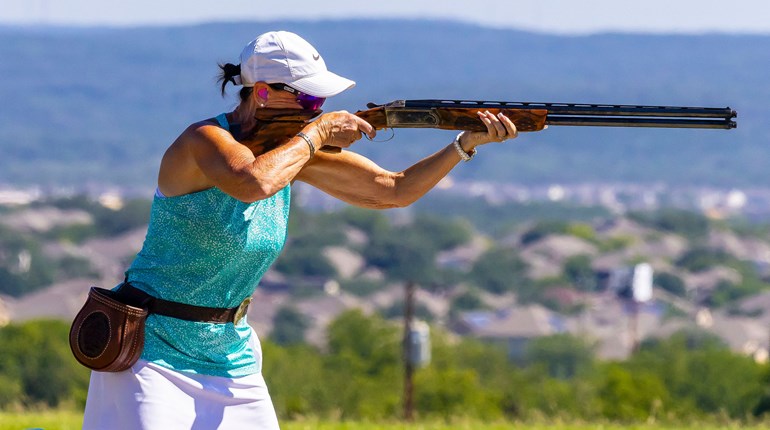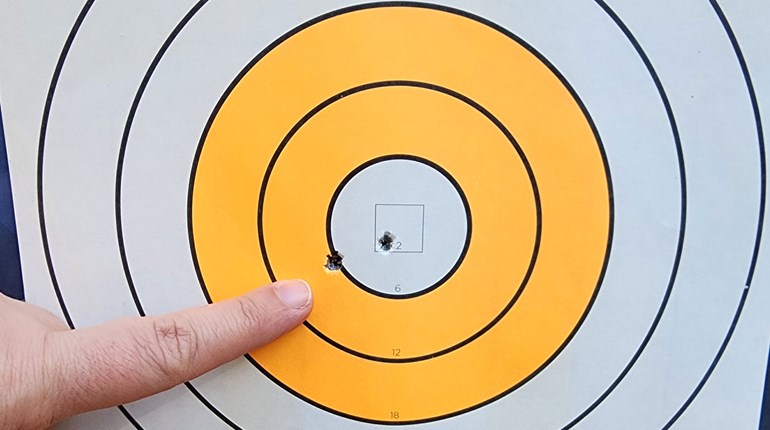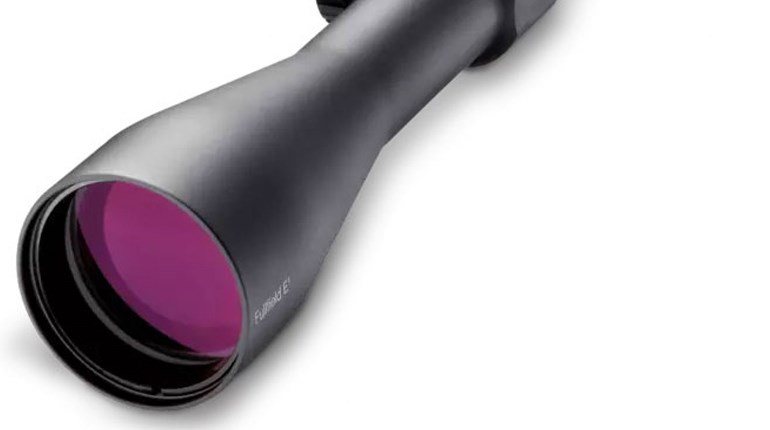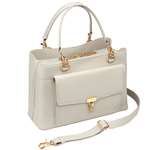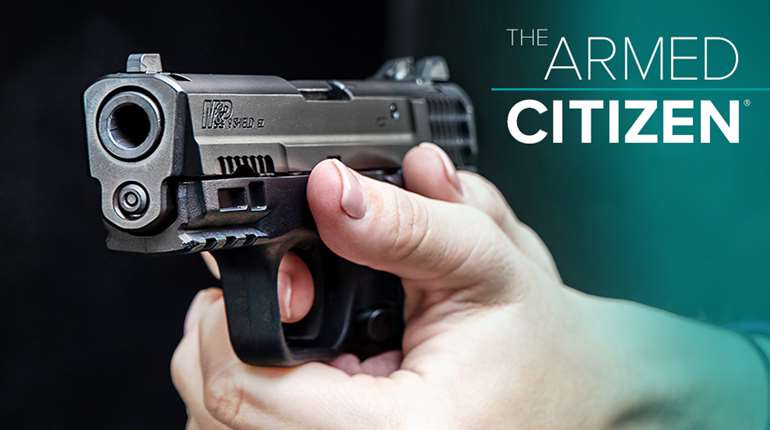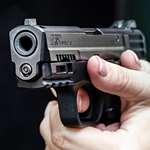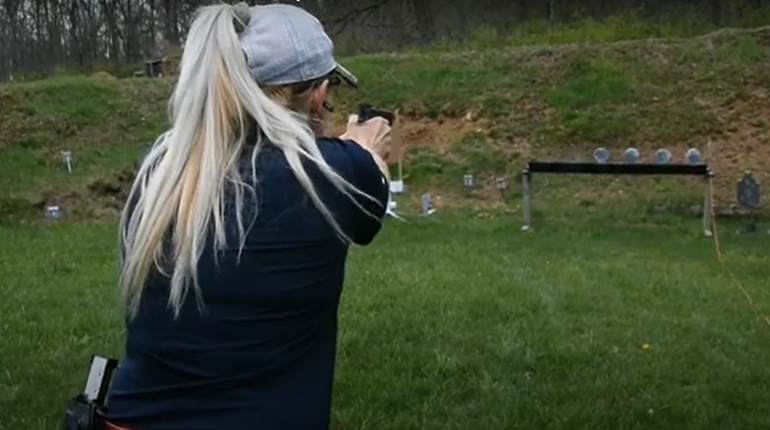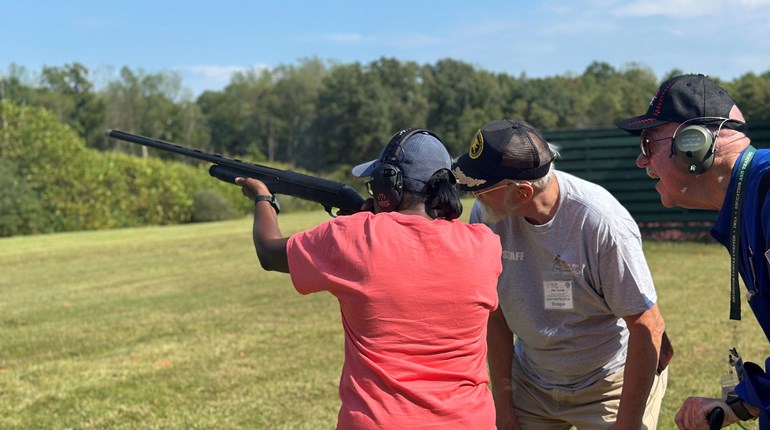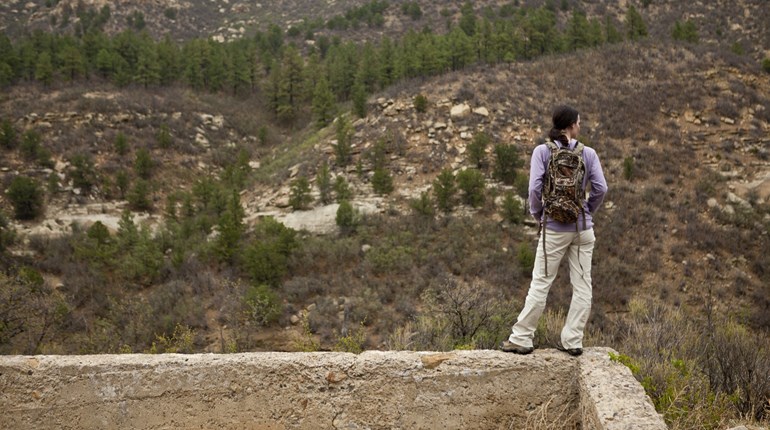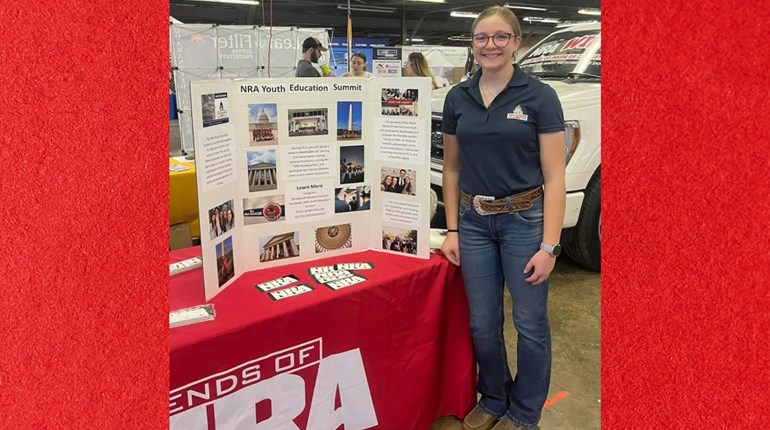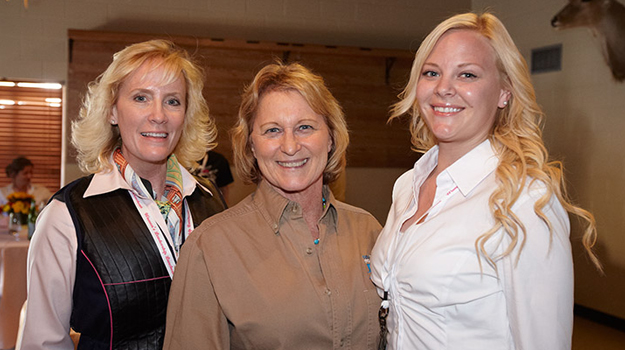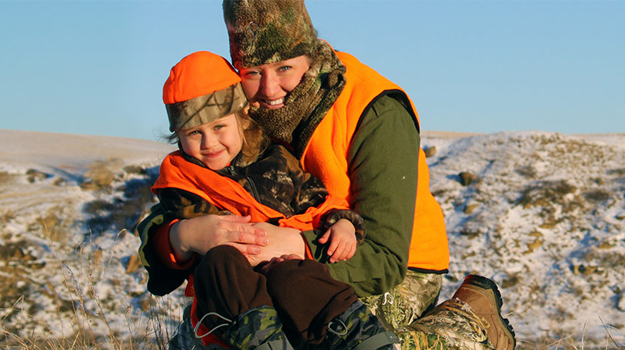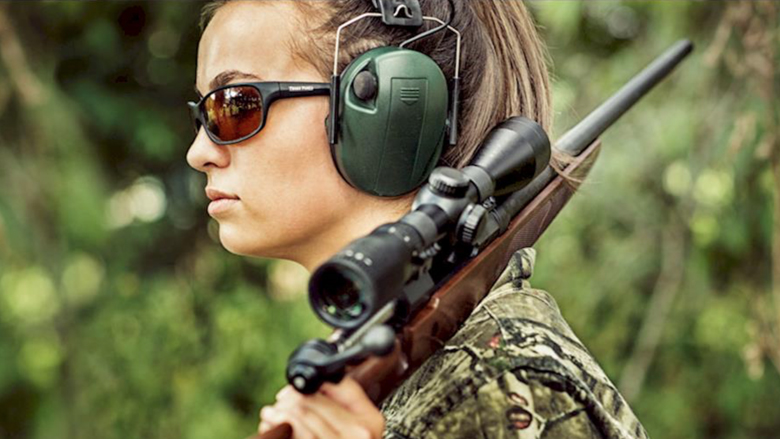
\When it comes to hunting, choosing the right ammunition and projectile requires a little more thought than just grabbing a box of any old ammo. Bullet construction is more complicated than you might think—different bullets are designed to perform differently, and it’s important that you match the bullet to the type of hunting you’re going to be doing and the type of game you’ll be pursuing. The most common hunting bullets can be broken down into four main types: Cup-and-core bullets, partitioned bullets, bonded bullets and monolithic bullets. In this article, we’re going to take a look at partitioned bullets and what they’re designed to do.

Decades ago, the cup-and-core bullets coming out of WWII-era factories tended to be soft, with a thin jacket. John Nosler wasn’t happy with their penetration and over-expansion, so he set out to create a better bullet.
The ultimate result was the still-popular Nosler Partition bullet, which has a metal (usually a copper alloy) partition that walls off the nose and the base of the lead bullet into two separate portions. The bullet can’t expand past that wall, which controls expansion and thus improves penetration. So when a partitioned bullet strikes an animal, the front lead core expands to maximize tissue damage while the rear lead core remains intact to keep driving penetration. These projectiles are relatively accurate, and they work well on large, tough game and at standard hunting distances.
Partitioned bullets were a big improvement over cup-and-core bullets. More modern versions sometimes incorporate bonding technology to increase the bullet’s integrity. Improved designs have come along since the partitioned bullet was introduced, but they still work very well today.

The Nosler Partition, below, and the Swift A-Frame (above, which is also bonded) are popular partitioned bullets.

